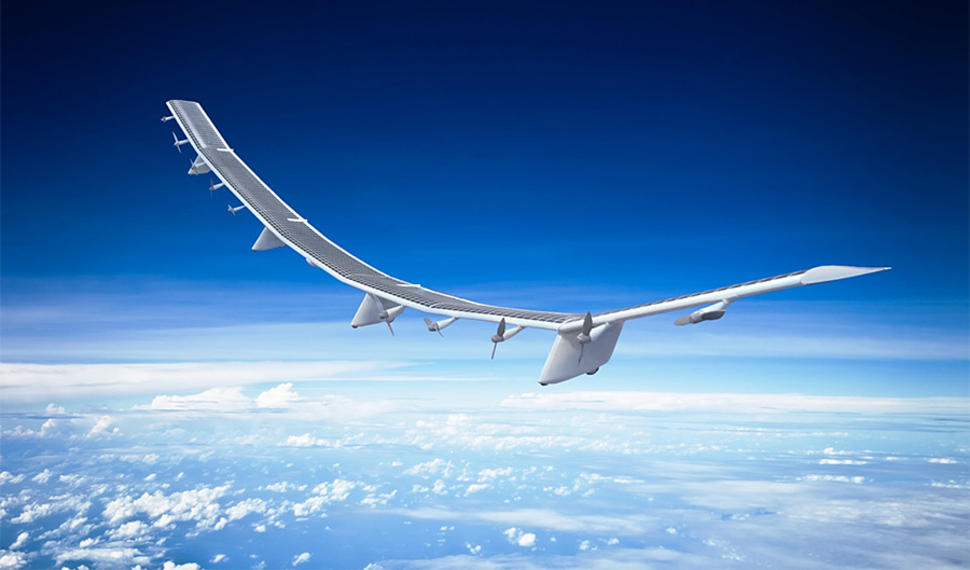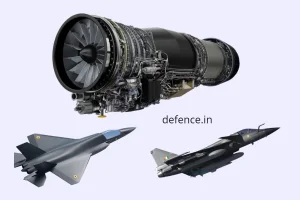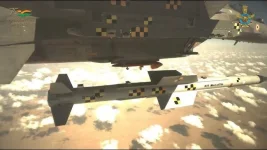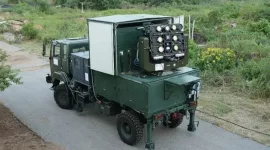- Views: 1K
- Replies: 9

India's surveillance and communication capabilities stand to take a futuristic leap as Abu Dhabi-based Mira Aerospace and Indian startup VEDA Aeronautics join forces to develop cutting-edge High-Altitude Pseudo Satellites (HAPS) for the Indian Air Force (IAF).
This strategic partnership aims to revolutionize India's aerial capabilities. HAPS are solar-powered drones flying within the stratosphere, providing persistent surveillance over large areas. They offer a cost-effective and versatile alternative to traditional satellites and are more enduring than conventional drones.
Mira Aerospace brings proven HAPS technology expertise, while VEDA Aeronautics contributes crucial local research and development capabilities. This collaboration aims to tailor HAPS platforms specifically for Indian airspace.
The partnership builds upon a successful test flight of a HAPS technology demonstrator in the Indian stratosphere about a year ago. Dipesh Gupta, Managing Director of VEDA Aeronautics, envisions immense potential for HAPS technology in alignment with the IAF's 'Make in India' initiative.
He projects an initial market demand of 20-30 HAPS units, each capable of carrying 20-30 kilograms of payload. Considering the potential needs of the Indian Navy and Coast Guard, demand could rise to 40-70 HAPS within the next few years.




